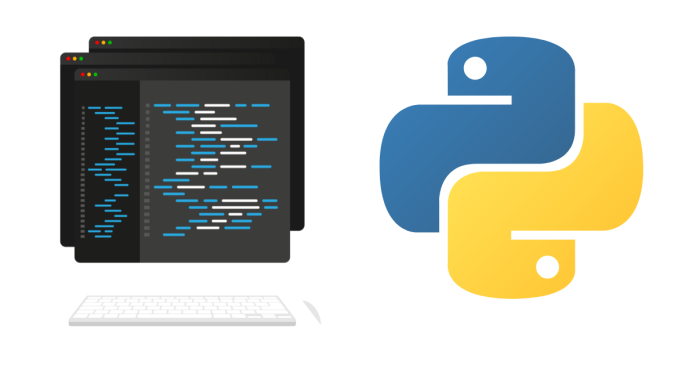In Python, metaclasses are a powerful and advanced feature that allow you to define the behavior of classes themselves. Simply put, a metaclass is a “class of a class”, meaning that it defines how classes are created and manipulated.
1. What is a Metaclass?
A metaclass is a class that defines how other classes are constructed. When you create a new class in Python, Python uses a metaclass to create it. By default, the metaclass used is type, but you can define your own custom metaclasses to control class creation in more advanced ways.
2. How Do Metaclasses Work?
When you create a class, Python uses the following process:
- Python looks at the class body and gathers the class attributes.
- Python then uses the metaclass to create the class.
This means that metaclasses can influence:
- How classes are created.
- How inheritance works.
- How attributes are defined in the class.
3. Why Use Metaclasses?
You might use metaclasses for:
- Enforcing coding standards: Ensuring that all classes have certain methods or properties.
- Automatic class modifications: Dynamically adding methods or attributes to a class.
- Singleton pattern implementation: Ensuring only one instance of a class is created.
- Class validation: Checking whether classes follow certain rules at the time of creation.
4. Defining a Metaclass
To create a custom metaclass, you subclass type. Here’s an example:
Example 1: A Simple Metaclass
# Custom Metaclass
class MyMeta(type):
def __new__(cls, name, bases, dct):
print(f"Creating class: {name}")
return super().__new__(cls, name, bases, dct)
# Class using the custom metaclass
class MyClass(metaclass=MyMeta):
pass
# Output:
# Creating class: MyClass
Explanation:
MyMetais a custom metaclass that inherits fromtype.- The
__new__method is overridden to add custom behavior when creating a class. - When
MyClassis defined, Python usesMyMetato create it and prints the message.
5. Customizing Class Creation with Metaclasses
Metaclasses allow us to modify class creation in several ways. For example, you can control the attributes of the class or add validation checks.
Example 2: Adding a Class Attribute Automatically
# Custom Metaclass to add a class attribute
class AddAttributeMeta(type):
def __new__(cls, name, bases, dct):
dct['class_attribute'] = 'This is automatically added'
return super().__new__(cls, name, bases, dct)
# Class using the custom metaclass
class MyClass(metaclass=AddAttributeMeta):
pass
print(MyClass.class_attribute)
Output:
This is automatically added
6. When to Use Metaclasses?
Metaclasses are not often needed for everyday programming. They are typically used in advanced scenarios, such as:
- When building frameworks (e.g., Django, Flask).
- When implementing design patterns (e.g., Singleton).
- When you need to enforce rules on class creation or structure.
7. Conclusion
- Metaclasses are classes that define how other classes are created.
- They are used to control class behavior during creation, making them useful in advanced cases.
- The default metaclass is
type, but you can define your own metaclass to modify class creation.
Metaclasses provide great flexibility, but they should be used with caution since they can make the code harder to understand.


